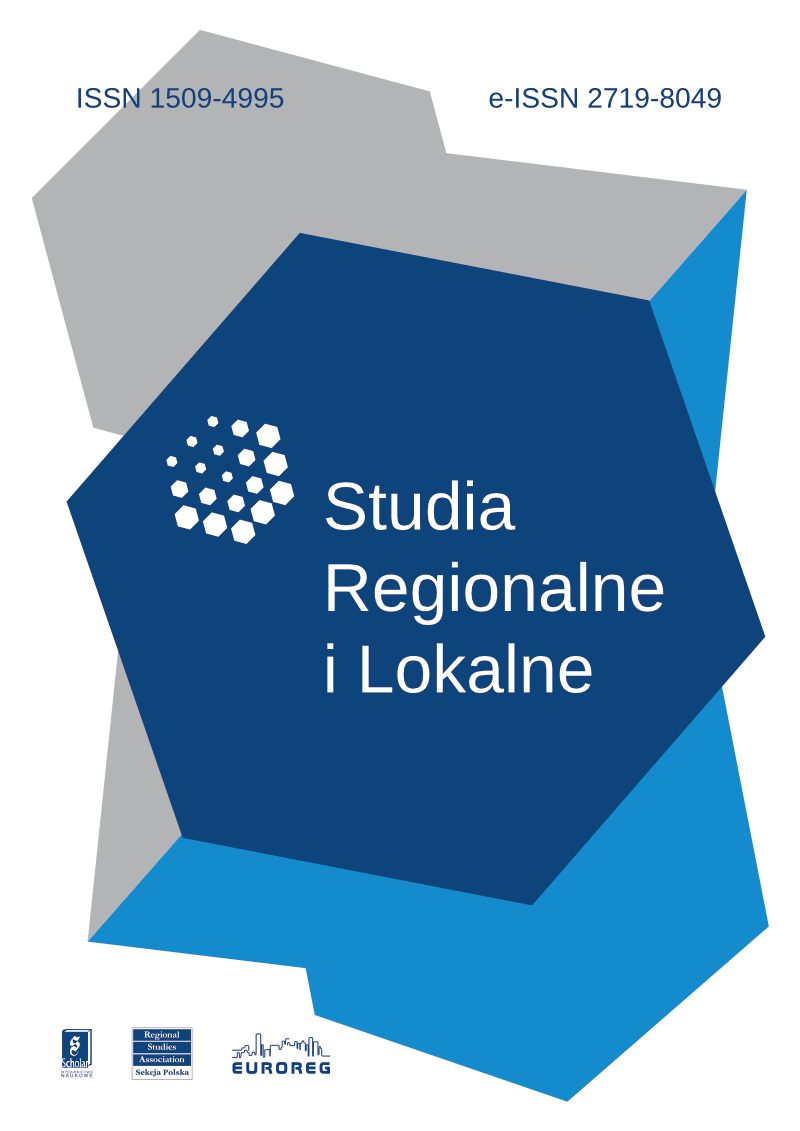Bieszczadzki Park Narodowy w oczach turystów i mieszkańców
Badania nad interakcją człowieka z jego otoczeniem to stosunkowo nowa dziedzina nauki z pogranicza geografii i socjologii. Część teoretyczna artykułu przybliża więc czytelnikowi problematykę percepcji. W części drugiej opisano sposób percepcji Bieszczadzkiego Parku Narodowego przez turystów oraz dorosłych mieszkańców Bieszczadów i tamtejszych uczniów. Odwołanie się do podobnych badań przeprowadzanych przez autorkę w Tatrzańskim Parku Narodowym pozwoliło m.in. stwierdzić, że odwiedzający góry znają je dużo lepiej niż mieszkańcy, a parki narodowe, widziane oczami ankietowanych, są większe i bardziej puste niż w rzeczywistości. Niektóre z prezentowanych na wstępie teorii znalazły potwierdzenie w prezentowanych w niniejszym artykule badaniach.
Perception of the Bieszczady National Park by Tourists and Inhabitants
Interaction between human beings and their environment is a relatively new science domain, placed between geography and sociology. Therefore, a theoretical part of this article aims at familiarizing the readers with perception issue. In the following part one can find a description of perception of the Bieszczady National Park by tourists, adult inhabitants and pupils from Bieszczady region. It is compared to the similar research conducted in the Tatra National Park. One of the findings is that tourists are better familiarized with the mountain geography than any other group. What is also interesting, people find national parks bigger and more empty than they are in reality. Some of the theories presented at the beginning of the article were confirmed by the
author’`s reseearch.



